Job Seekers — The next hiring season is
around the corner, so make your best first impression!
If you’re in the job market (or thinking about it), one thing should be top of mind:
A fantastic photograph for your LinkedIn profile, digital portfolio, or website.
LinkedIn is the largest professional networking site on the planet, and the number one social recruitment platform.
It’s the best spot for recruiters to conduct candidate searches and find talent.
LinkedIn reports that profiles with a photo get up to 21 times more profile views and 9 times more connection requests than profiles without a picture (data as of December 2017).
And … you are 36 times more likely to receive a message if your profile includes a photo (recruiters often reach out this way, before you’ve even applied) …
If that’s not enough to convince you to upload a pic to your profile to fast-track your job search, there’s more.
A May 2014 eye-tracking study by TheLadders, entitled “Keeping an Eye on Recruiter Behavior,” monitored recruiters over a 10-week period with eye-tracking equipment, and data revealed that recruiters hovered over the profile picture for 19% of the total time per candidate.
The candidate’s photograph was the top area of focus, compared to title and work experience, among other things.
The study results are shown in the image below, a heat map of the 2014 LinkedIn profile.
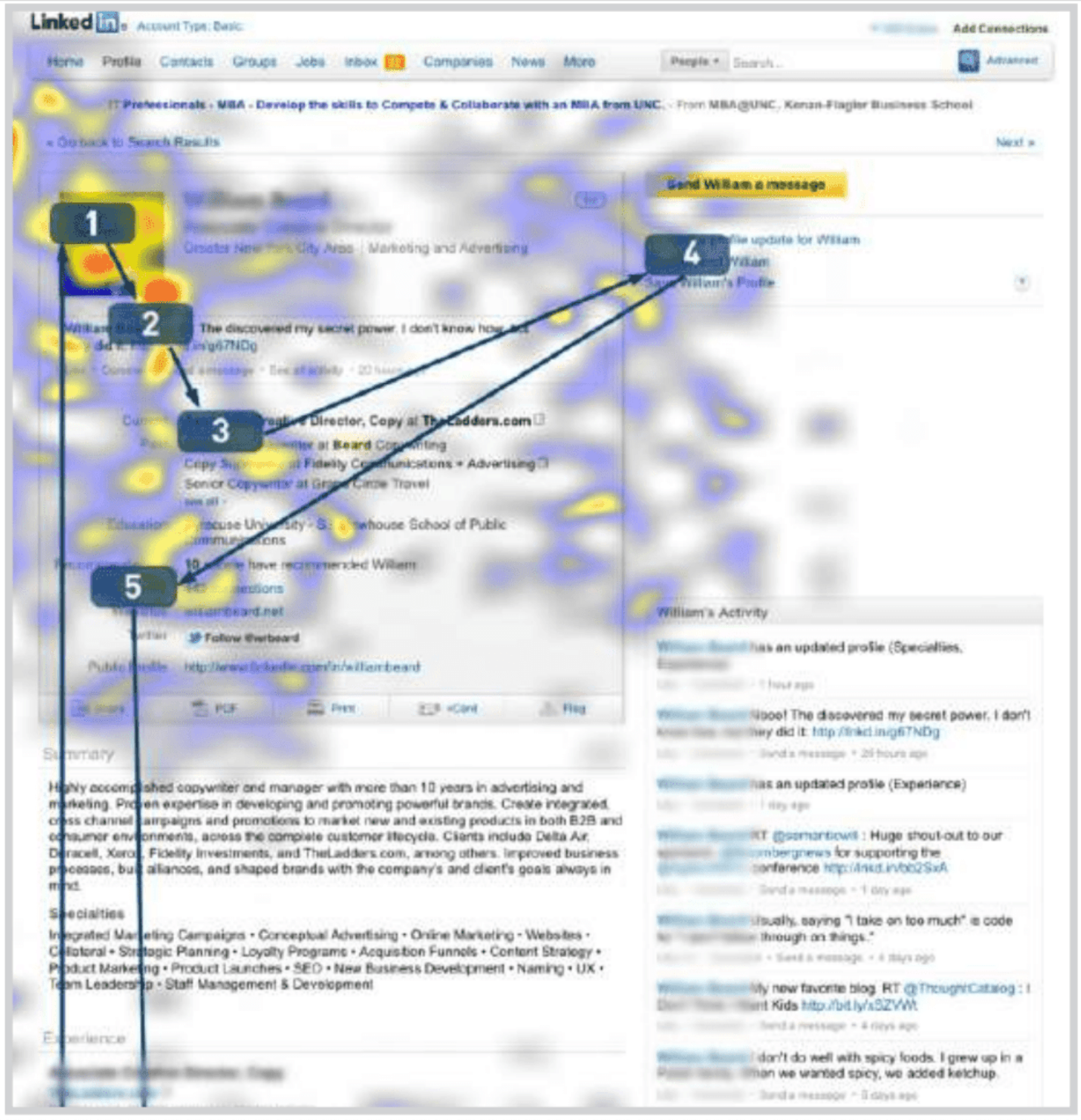
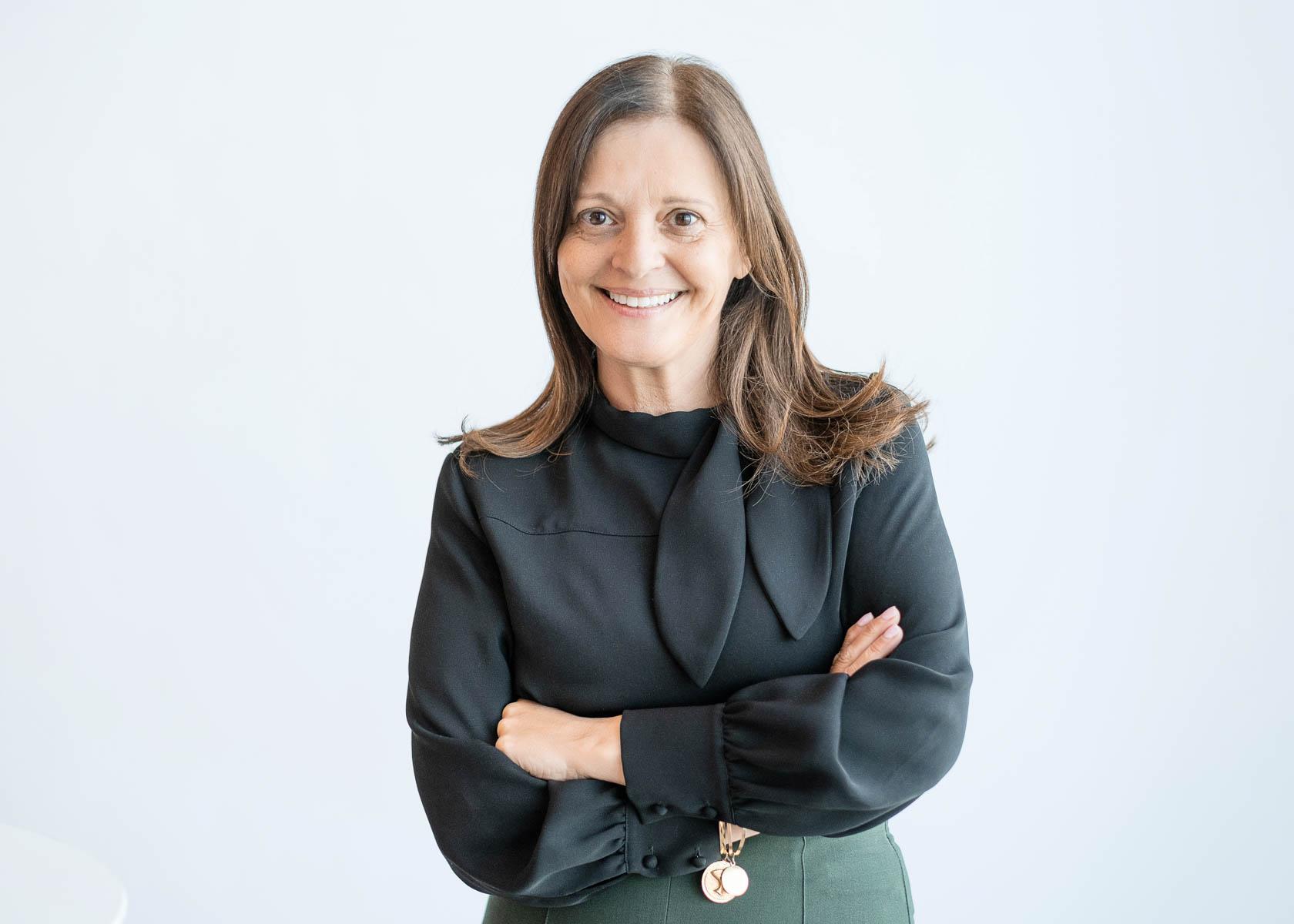
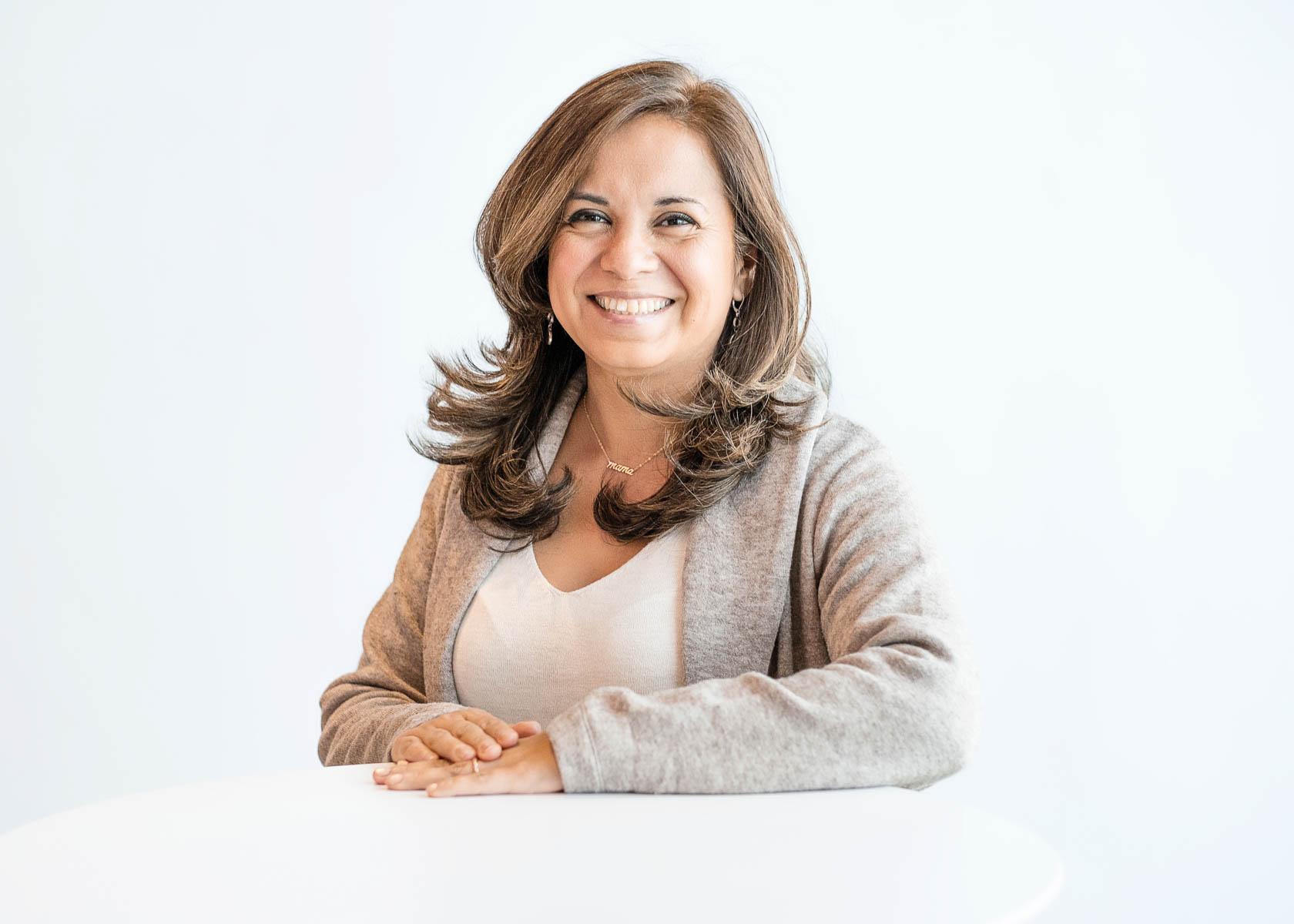
Even though this is clearly an older version of LinkedIn, the message is loud and clear:
Make sure you have a great photograph uploaded to your digital professional space
➡️ Recruiters are more likely to view your profile if you’ve got a picture
➡️ The picture on your profile gets the most overall attention, so it’d better be good.
Another thing worth noting from the study: the profile picture was found to be distracting. So if you want recruiters to spend less time analyzing your family genes (unibrow) or pearly whites and more time on your actual qualifications, ensure you’ve got a professional pic (white background works great) to keep their eyes moving.
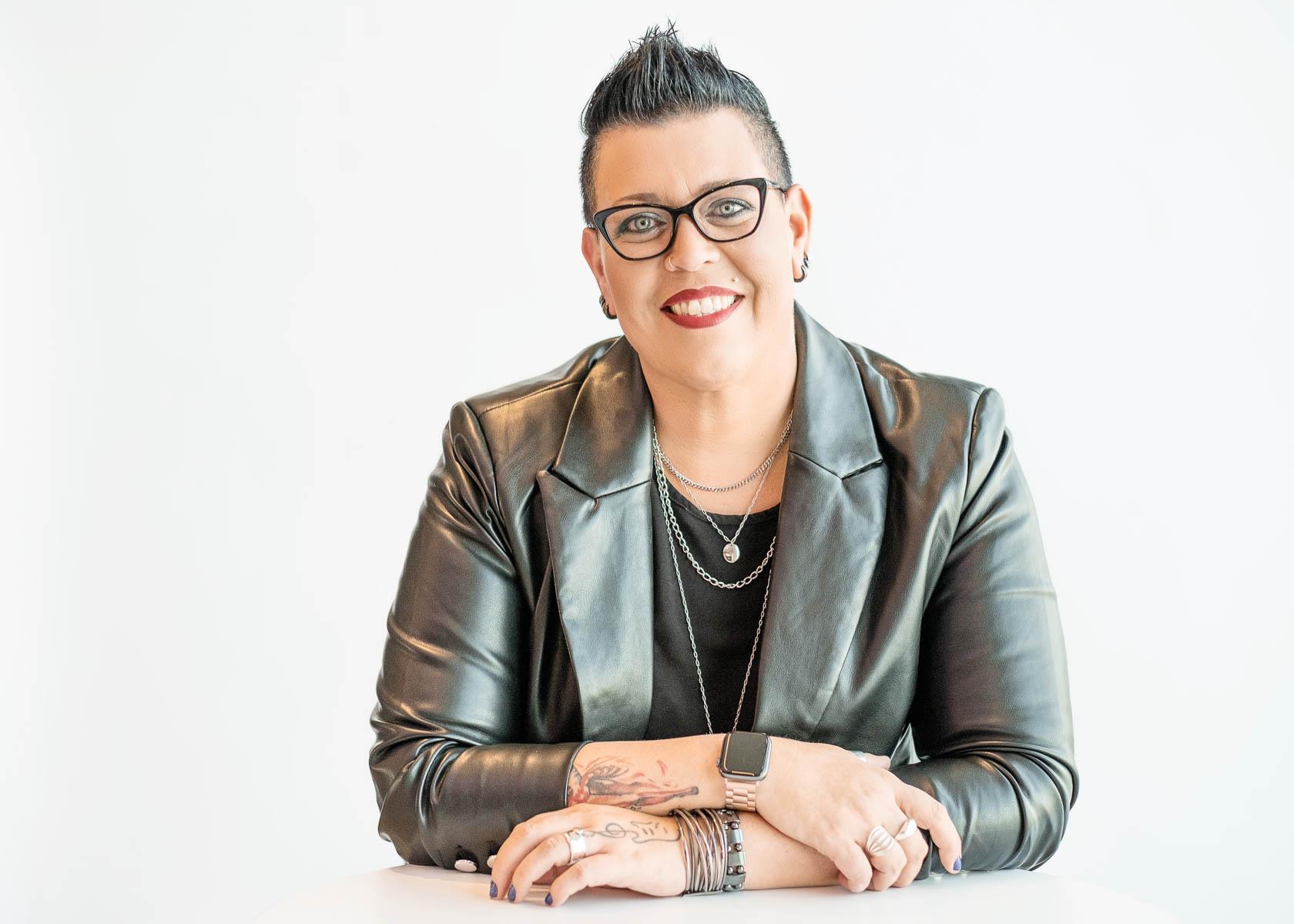
The less exciting and more bland the photo (aka not a selfie at a concert), the better.
The first thing people notice on your profile is your photo. It’s your opportunity to make a great first impression on LinkedIn.
As long as the LinkedIn profile photo is crisp [good resolution, not blurry], you should be good to go.
It doesn’t have to be a professional photo; selfies work just fine.
During the pandemic, selfies were sometimes the only realistic way for new users to get a recent photo onto their profile.
So a headshot that’s taken by yourself is not as horrible of an idea as it once was.
However, a rule of thumb is that your face and body language in your head shot should look approachable to encourage hiring managers, recruiters, and talent acquisition teams to reach out to you.
A 2020 study entitled “How to pose for a professional photo: The effect of three facial expressions on perception of competence of a software developer” compared three poses: smiling, neutral, and “thinking” (hand on chin) with relation to perceived competence. The highest competence level was connected to smiling faces.
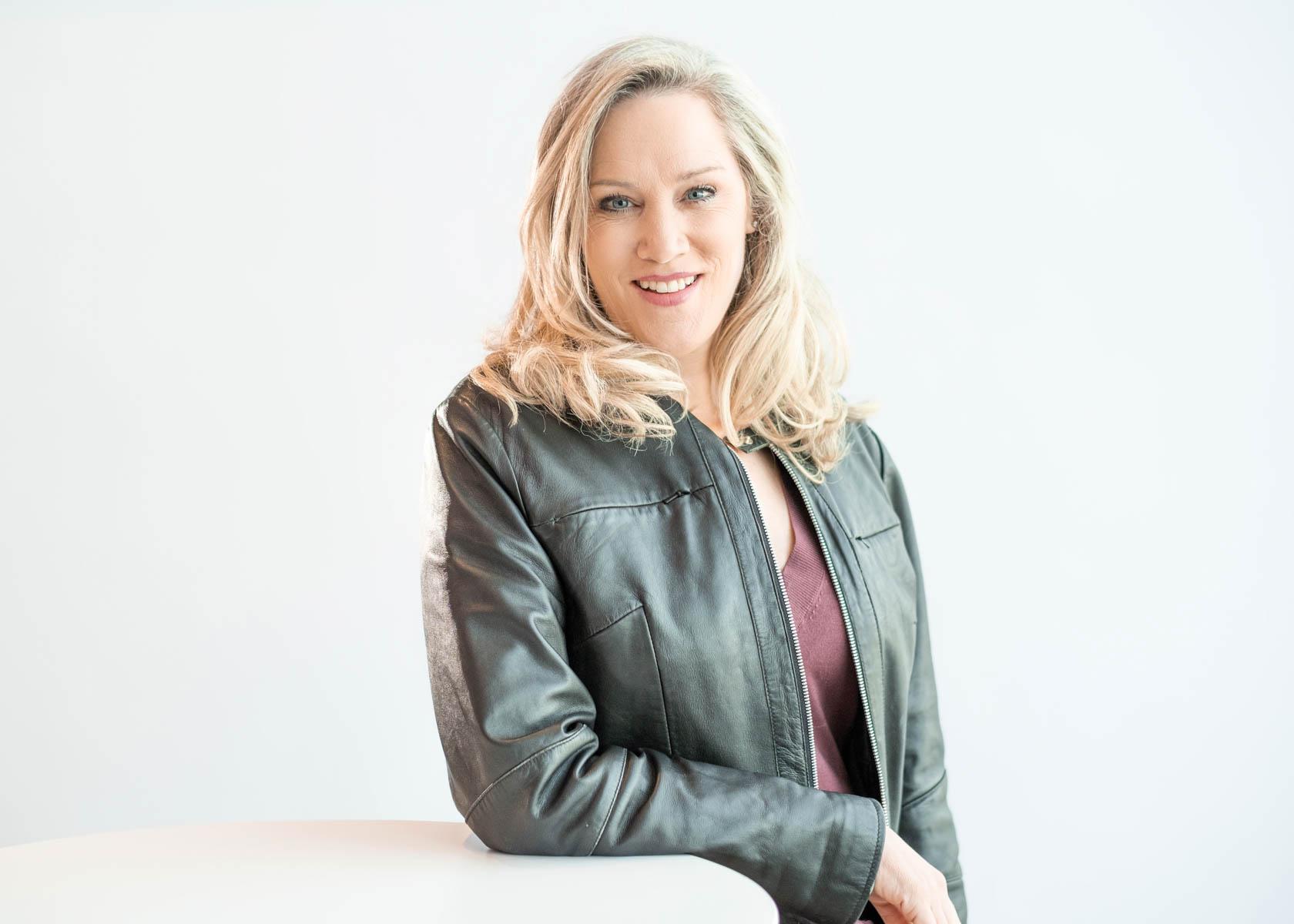
In general, you’ll want to give off these vibes:
Competence
Warmth
Approachability
Professional
Hard-working
Trustworthy
Smiling is generally inviting, warm, friendly. Whereas a stern somber/sober look has potential to portray someone as unreachable, cold, or aloof.
That said, you need to be well-acquainted with your personal brand and the industry you’re after so that your profile photo can effectively communicate a message that aligns with who you are, what you’re about, and how you want to be perceived in the professional sphere.
We’ve provided our clients with the ultimate checklist for a personal branding photoshoot – check it out and feel free to click here to book a discovery call if you’re interested in a quick headshot photoshoot or a longer personal branding session.
We wanted to get this info out to you ASAP, because:
1. Job openings during the holidays face less competition, so your chances are higher if you’re a good fit for the role!
2. January & February is when hiring for new positions becomes a slick, speedy process:
– New budgets and updates sales forecasts create available funds and better intel to hire for new positions
– Recruiters and hiring managers will likely take less time off as they’ve just come from a holiday season
– Hiring that was supposed to happen in November or December often get delayed, which means a backlog of job postings ready to appear in the new year.
Particular industries and companies have unique hiring cycles, so do your research!
Best of luck out there, and please don’t hesitate to get in touch so we can get that warm, competent, professional face of yours up on your LinkedIn profile and make the best first impression possible!